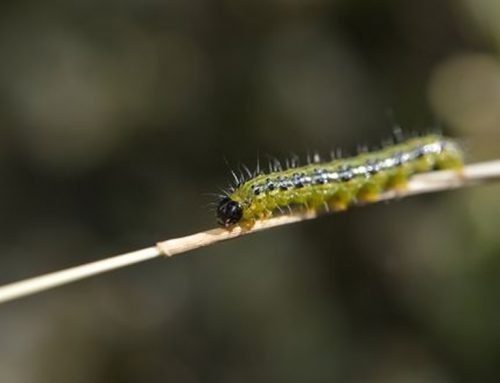These scabs are fungal diseases that attack apples and pears causing dark, “scabby” marks on the fruit and leaves, as well as blistering and cracking of young shoots.
Description
Both apple scab and pear scab diseases are spread by airborne spores and cause the scab marks to appear on leaves from spring onwards. Apple scab also attacks ornamental Malus (crab apples) as well as closely related plants, such as Cotoneaster, Pyracantha and Sorbus. Pear scab only appears on fruiting pears and other ornamental Pyrus species.
Symptoms
The disease appears on the leaves as dark green/brown spots or blotches, which darken as they age. Badly affected leaves may fall prematurely.
On the fruit, dark/black scabs start to appear when the fruit is still quite young. As the fruit matures, these lead to a distortion in shape and skin cracking. A light attack will only make the skin look unsightly and the fruit can still be eaten. Serious attacks cause deep cracks, which are prone to other rotting diseases and the fruit will not store.
Infections on young shoots cause blistering and cracking, which can provide entry sites for other diseases, including apple canker.
Treatment and Control
General Tips
Rake up and dispose of all fallen leaves and fruit to reduce the amount of disease present to start new infections. The disease mainly survives the winter on fallen leaves.
Make sure trees have an open canopy with few branches crowding out the middle, as good air flow may help to reduce infection.
Pruning out young blistered stems may also help to restrict and control infection.
High potash plant feeds may help to strengthen the leaves and reduce the likelihood of the disease taking hold.
Some apple and pear varieties show resistance to infection. Check with your supplier before buying.
Fungicides
There are no chemicals approved for control of scab diseases on edible plants.
Fungicides labelled for use on ornamental plants can be used on non-edible Malus and Pyrus trees and may provide some control.

